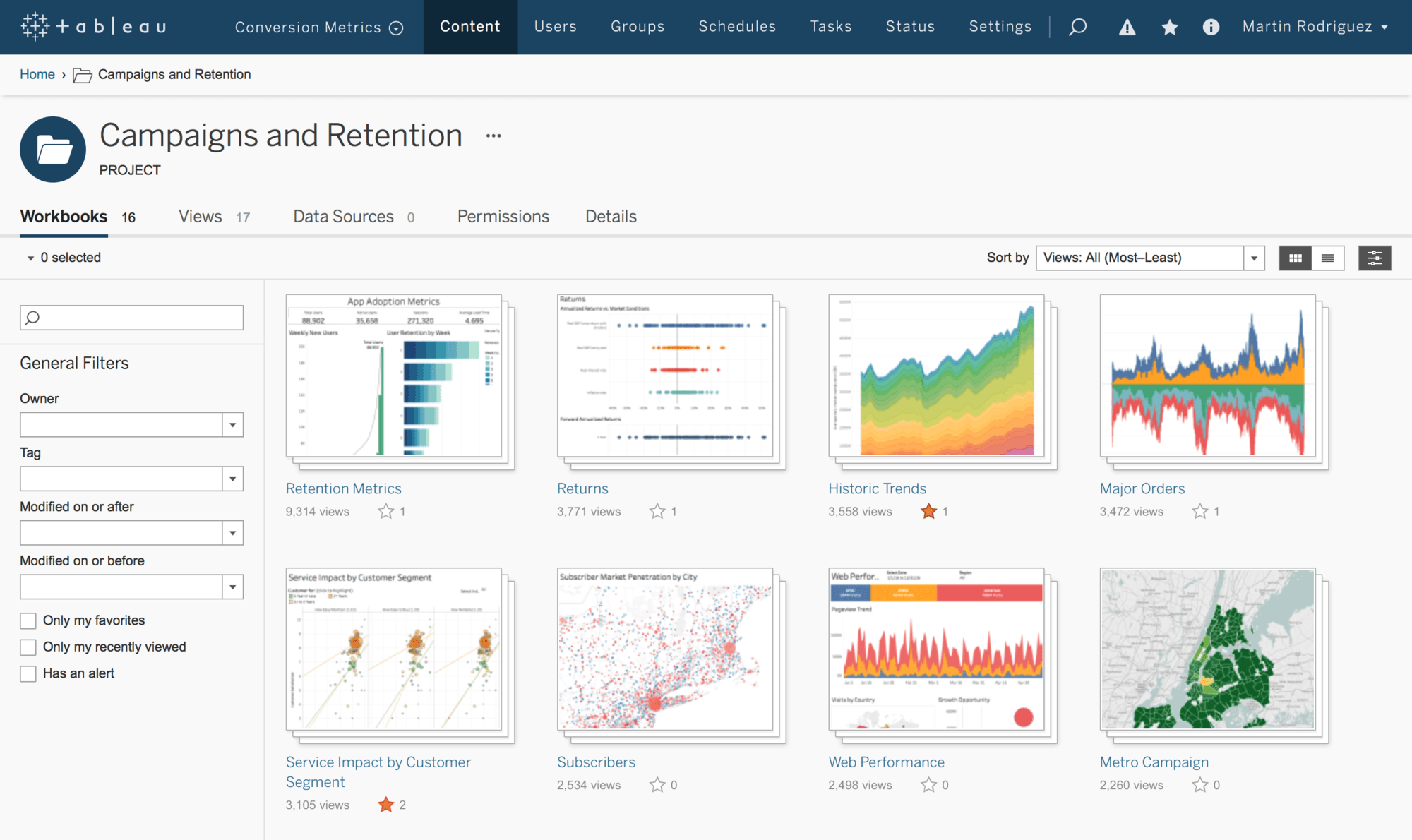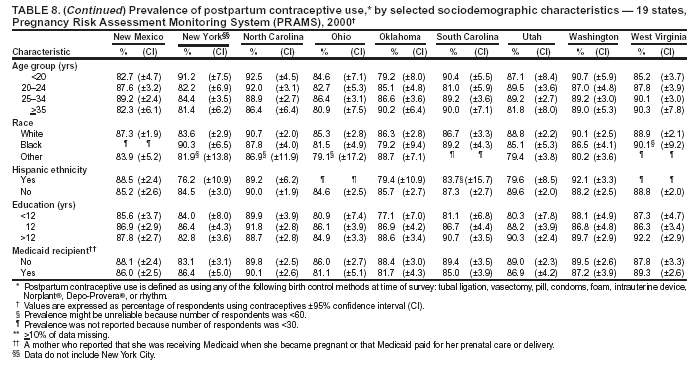
However, if the file you created to define your geographic data does not share the same column name as the geographic data in your original data source, you will need to create a relationship between those two fields using the Edit Relationships option. (Optional) If the two data sources share the same column names, your data should blend automatically when you add fields to the view. Original data sourceĬonnect to the data source that defines your geographic data. Latitude and Longitude columns: The values in these columns need to be in decimal degrees (for example, 47.651808, -122.356881).īelow is an example of an original data source with geographic locations, and a second data source that defines those geographic locations. For more information, see Data Types (Link opens in a new window). However, if your locations are numbers, especially numbers with leading zeros (for example, 00501), make sure the data type of the field is set to String in Tableau. Note: The data in these columns can be strings or numbers. For more information, see Step 3.įinally, this column should not match the names of any geographic roles already in Tableau, such as County, Area Code, or CBSA/MSA. If the column does not match a geographic column name in your original data source, you may need to edit the relationships between your two data sources in Tableau Desktop. The data in this column would then be all of the street addresses you want to plot on a map view.

For example, if your original data source has a column called Street Address, your second data source should also have a column called Street Address. Geographic name column: This column includes any geographic information you want to plot on a map view and typically matches a geographic column name in your original data. You will later connect to this file in Tableau Desktop and blend it with your original data source.Ĭreate a second data source with the following information: When you have a data source that contains geographic information that is not automatically geocoded in Tableau, the first step is to create a second data source that defines the latitudinal and longitudinal values for that information. The IPL dataset used in these visualizations is sourced from Kaggle.Step 1: Create a file that defines your geographic data I cant think of a better way to showcase some Tableau visualizations using IPL Data than anything else! Hope you find this insightful. Cricket is India’s heartbeat and IPL (Indian Premier League) is one of the most watched tournaments across the world. When I thought of writing these blogs, I wanted to start with something I really like and something that could be understood by all easily. A simple database such as an excel, pdf, to a complex database like Oracle, a database in the cloud such as Amazon webs services, Microsoft Azure SQL database, Google Cloud SQL and various other data sources can be extracted by Tableau.

It can pull data from any platform imaginable. Tableau connects and extracts the data stored in various places. Data Analysis can be done very fast with Tableau and the visualizations are created in the form of dashboards and worksheets. One such Data Visualization tool is Tableau. Data driven insights are worthless if they cannot be conveyed to the stakeholders in an easiest possible way so that they can make their business decisions accordingly. There’s a lot of data available in the world but challenge lies in understanding & interpreting the data in an easily accessible format.


 0 kommentar(er)
0 kommentar(er)
